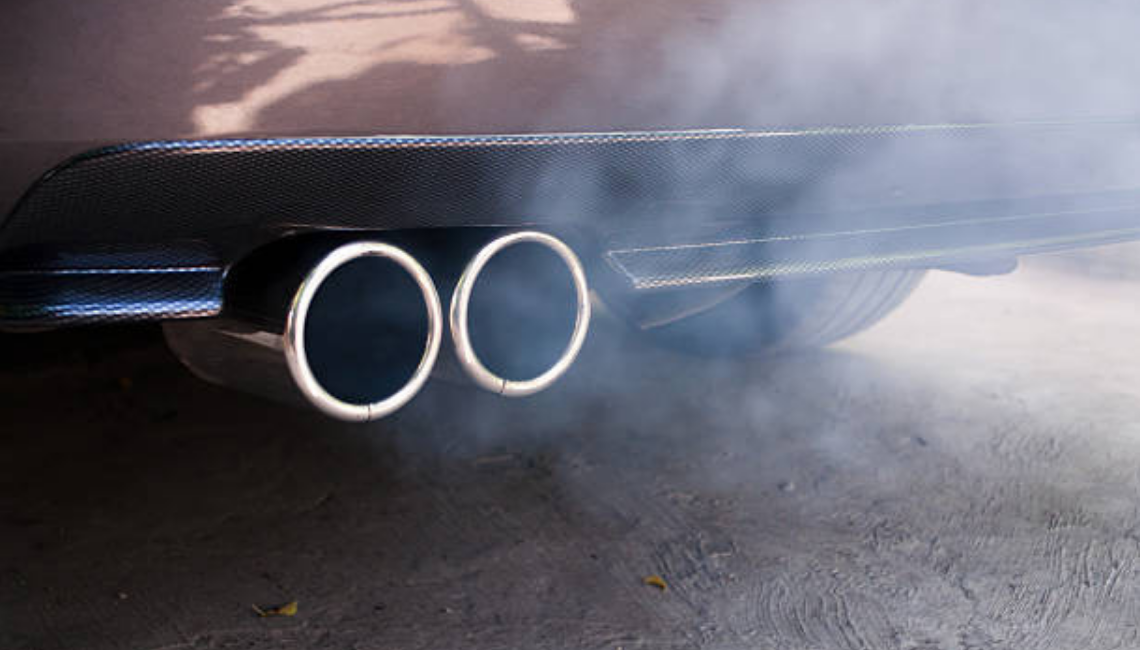WLTP and RDE: What does it all mean?
by
Bristol Street Motors
10/08/2018 15:07
Share

WLTP and RDE: What does it all mean?
From September 2018, all new car types (new cars introduced to the market for the first time) will be tested under the WLTP or the Worldwide Harmonised Light Vehicle Test Procedure. Catchy name, right?
Fuel consumption and emissions have previously been tested using the NEDC (New European Driving Cycle) which would put a passenger car through a cycle representative of ‘typical usage’ – but these tests – which are carried out in a laboratory environment – have attracted a lot of criticism for the likelihood that they could ever replicate typical ‘real world’ usage.
Because of this, it was claimed that advertised MPG figures were inaccurate and misleading. So that’s when the European Union stepped in and created the WLTP! Hurrah!
BUT before we get to that, let’s quickly look at what fuel consumption and emissions are, and what they mean to drivers (for those who might not be too sure!)
Hang on, what is fuel consumption and what are emissions?
Fuel consumption is the amount of fuel used by a vehicle to travel a certain distance at a certain speed. Pretty straightforward so far! It is measured in either kilometres per litre or miles per gallon and the higher the value, the more economical the vehicle will be. This could mean you get more mileage for your petrol but there are a lot of variables which could affect this including driving style, weather conditions and road type to name a few!
Vehicle emissions refer to the production of some rather nasty gases including carbon dioxide, carbon monoxide, hydrocarbons and oxides of nitrogen, all of which have an impact on the environment and the air we breathe. Defined limits were put in to regulate the negative effects on the climate, environment and human health – and vehicle emissions must fall within those limits.
Okay cool. So what makes the WLTP more accurate than the previous test, the NEDC?
Well for one, it’s a longer test, taking around 30 minutes compared to the 20 minutes of its predecessor. Not only that but the test itself will cover a larger distance and the speeds tested will reach 81 mph with the average at 29 mph. A lot more fitting as most urban areas tend to be around 30 mph.
And what is RDE?
Running alongside the WLTP is the RDE (Real Driving Emissions) test where emissions of nitrogen oxide will be measured while the vehicle is out and about, driving on the road. This is the first time ‘real driving’ will be used during these sorts of tests, with the hopes of closing the gap between real life discrepancies and accurate figures.
Any other changes?
Yes! Another change is the introduction of testing car models with all of their additional extras, as opposed to the basic specification taken as the representation of all models. This again has taken into account some of the variables that may affect fuel consumption and emissions and address them, hopefully, with a positive outcome!
Final thoughts?
While the WLTP and RDE will certainly bring us closer to a more accurate reading of fuel consumption and emissions, we cannot ignore that there are just too many variables to cater for, however implementing more robust tests will help to bring us closer to a greener way of driving!